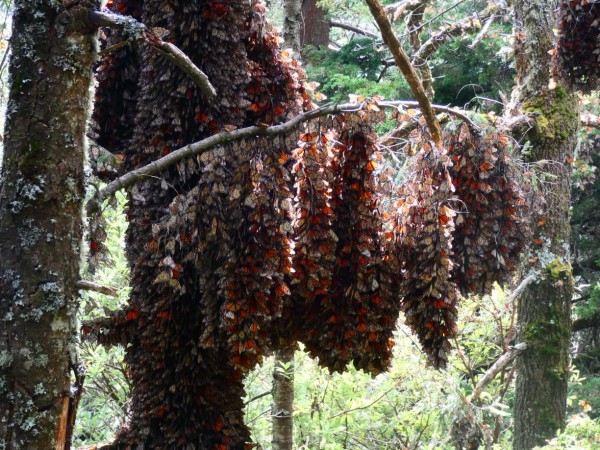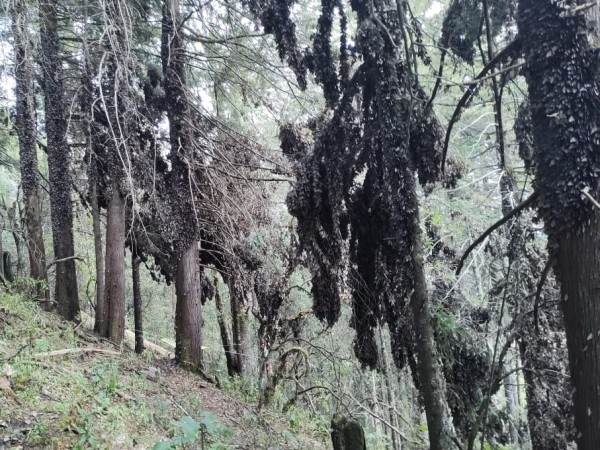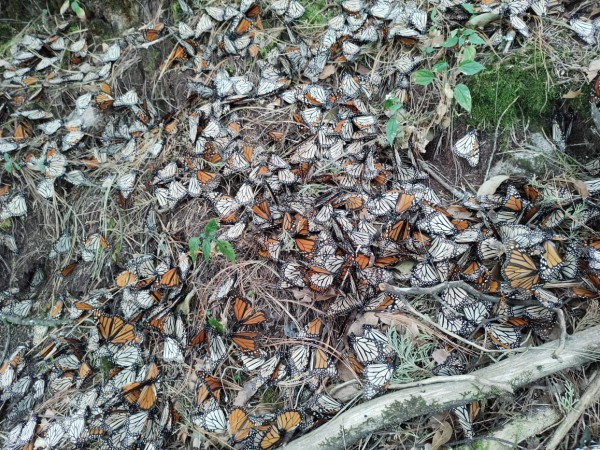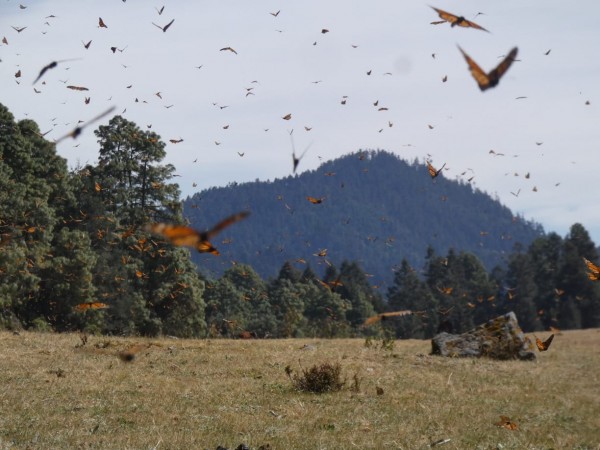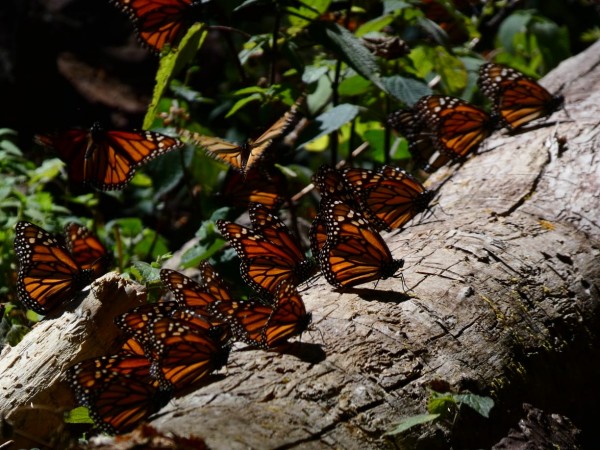Letter From Ellen Sharp: Climate Change
Reporting from: Macheros, Ejido El Capulin, State of Mexico
Published: 01/20/2021
Dear Butterfly People,
Over the course of seven butterfly seasons, I got so many emails asking, “When is the best time to see the butterflies?” that I wrote a blog about the subject and started answering by sending the link. The blog explained that while in the past one would have seen the most monarch flight activity in February, thanks to climate change, that was no longer the case. Warmer weather across the season means you can see incredible flight displays at any time of the year. So come visit in November, December or January, and avoid the crowds, I urged my would-be guests.
Then came the inevitable response. “Great, thanks for the info! What do you have available in February?”
With a sigh, I’d pore over my crowded booking calendar, trying to string together a few available dates during the shortest month of the year. Meanwhile, the pages of all the other perfectly decent months stayed sadly clean. Not February, where I had to make grown siblings share a bed while others switched rooms every night in my efforts to accommodate their requested dates. In the process, I developed an ambivalent relationship to this popular month, February, are you really all that?
And so in this pandemic season when we have no guests at all, not even in February, I set about collecting the data to make my case, intending to show the world that predictable weather patterns were a thing of the past, that their information was out of date, and that the peak season of photogenic flight activity was just as likely to happen in December or January as in over-rated February.
The climate had other plans.
“We were talking yesterday,” Ranger Pato Moreno told me, “And everyone agreed that the weather this year is more like it was fifteen or twenty years ago.” Pato spends five days a week on Cerro Pelon keeping an eye on the butterflies. The “everyone” he’s talking about are his colleagues, three CEPANAF rangers and the six Butterflies & Their People guardians he supervises.
This season, weather patterns on the mountain more closely resemble the old normal than the new one: once again, it’s chilly and sometimes cloudy. Monarchs can’t fly when temperatures are lower than 13°C/55°F, and averages have been hovering around 11°C/51°F. From January 4th to the 14th, the colony stayed put on its trees. It has only shifted about 50 meters below the first roost established above El Llano this season. In other seasons in recent memory, the colony had already fluttered about so much that they’d relocated to a much lower clime by this date.
Not this season. Pato can count the days when the sun warmed the clusters enough to send the monarchs bursting forth into the air on both hands. January 15 and 16 are two of those fingers, but on the 17th temperatures dropped again, and a light drizzle fell on Cerro Pelon. Happily, the monarchs were tucked away in their clusters when this precipitation hit, and mortality was minimal. More casualties had taken place in the proceeding days, when the weather alternated between cloudy and sunny and cloudy again, and individuals that fell from their trees when the sun hit them weren’t able to warm themselves up enough to return to the relative warmth of their clusters.
As Pato was winding down his report of recent butterfly behavior, he added something discomfiting: “It feels like it did during the 2015-2016 season.”
That was the year that a winter storm blew in on March 9th. Many of the monarchs had already caught wind of the temperature change and remigrated, but the ones that had lingered froze to death, still clinging together in their clusters. Researchers estimated that 37% of Mexico’s colonies died as a result if this extreme weather event.
It’s too early to know how to interpret what’s happening on Cerro Pelon this season. Are these lower temperatures a throwback to the old days? Or the precursor to a freak weather event? Writing this, I can’t help but think of the overwintering sites in California this season, many of them entirely empty of monarchs—a clear sign of ecosystem collapse. What’s happening to the western monarch migration could happen to the eastern one too.
And that would mean that I would have much bigger problems than maxed out capacity at our B&B in the month of February. We all would. So please, take a moment to appreciate these beautiful photos taken by Ranger Pato on Cerro Pelon this month--and then do something.
My do something has been Butterflies & Their People—raising funds to hire Reserve residents, many of them former loggers, to protect the forest so that when the next “unseasonable” storm hits, Cerro Pelon’s colony will have as intact a forest as possible to protect it. Another project is creating virtual butterfly experiences to share Mexico’s monarchs with a wider audience. Admittedly, one of the goals of this project was to convince would-be guests that February is not the only spectacular time to visit the colonies. But more than that, I wanted to convince more people to take action to confront climate change and habitat loss so that this incredible beauty can continue to exist.
Saludos desde Macheros,
Ellen

